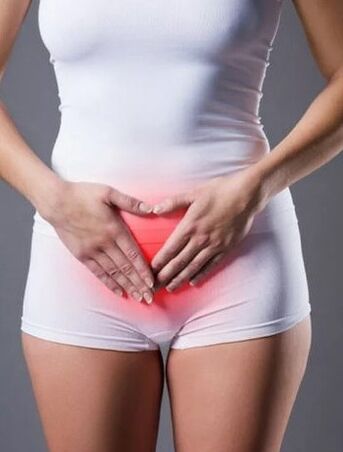The cystitis is a localized process in the sac. At the same time, the inflammation of the urethra is developed or urethritis.
The characteristic features of the cititude are:
- Immediately after the remnant of burning and rubber, end and urinary act
- Painful urine
- Localized pain syndrome in the lower abdomen and spine
- Urine disbelief is possible
- Replacement of urine color (bloody or muddy)
- Increased fire of body temperature
- The deterioration of the total wells.
The system provoking cystitis serves:

Contagious factor:
- This is an e. Coli, streptococci and / or staphylokococci are represented, anus and the location of the urethra (in women);
- Sexual infections (uritation and micoplasma);
- Intrudental interference or introduction of infection in the urethra or sac (microorganisms of the gram-negative cell wall of microorganisms);
- Mushrooms, Xlamidia, viruses;
- Inflammation in the general organs of a person's genitals (seedbubs, attachments of testicles, etc. );
- Tumor forms;
- Anatomical deviations;
- Allergy to Care Products (vaginal deodorants, colorful toilet paper, talc, all kinds of fragrance soap);
- Rare urine (the characteristics of the elderly).
The following laboratory methods are used to diagnose the disease:
- A blood test (general), there is a medium inflammatory process between
- Urine (common) analysis has a fetid odor of uric acid, leukocytes, red blood cells, protein and in some cases
- Nechiporenko allows urine analysis, leukocytes in urine, calculating the number of red blood cells and cylinders, to investigate the body and condition of the genitourinia system. The results of the study are affected by the accuracy of the material and the patient in accordance with the rules of personal hygiene.
- Pathogenic microflora can be detected by an increase in nitrate growing in the urine found using an indicator strip
- The fact that the iris in the urine was found through the reaction of a lokocyt.
In addition to the laboratory diagnostics for the discovery of the citivity, instrumental methods are conducted, the most common, citospap, biopsy, ultrasound, STD / STPP and others are diagnosed.
With the non-non-non-treatment nature, the cystitis can not only enter a chronic form, but also difficult with diseases:
- A state where the kidney function is broken - the volume of released urinals decreases
Inflammation extends to the muscle layer of kidney, which causes the kidney of the kidney and the kidney and the capsule of kidney and the capsule.
PMR - damage to the structures of the valves, as a result of the result of the flow of urine - the royal returns. At the same time, the localization of the infection in the urine system is preserved and the chronic form of pyelonephritis is the establishment of kidney tissue and full impact kidney work.
The therapy of the disease is based on the elimination of microbial inflammation - the root cause of cystitis often occurred due to a weakened immune status. Therefore, the treatment of pathology covers the use of the following drug groups:
- AntiinFlamatory drugs (NSAIDS)
- Antibacterial drugs
- Immunomodulators.
The risk group is weakened immunity, HIV is infected and pregnant women.
Prevention of cystitis:
- Lack of hypothermia
- Examination of a gynecologist every six months for STD / SPPP
- To seriously adhere to hygiene, especially during sex
- Deployment of narrow (thongs) and synthetic underwear
- Care for sufficient lubrication during nearby
- Proper food diet
- Constitution of constipation
- To strengthen immunity.
In the manifestation of pathological symptoms, it is necessary to limit the use of solid food, to be replaced with broth, yoxogurt, potatoes and a large liquid. After reducing sharp symptoms, the diet of solid foods is gradually entrance - grain, nuts and legumes. Various fresh compressed juices (both vegetables and fruits) are useful for the body.
Shooting, bed rest, compression and hot baths should be used. You can remove stagnant events using cold compresses.




























